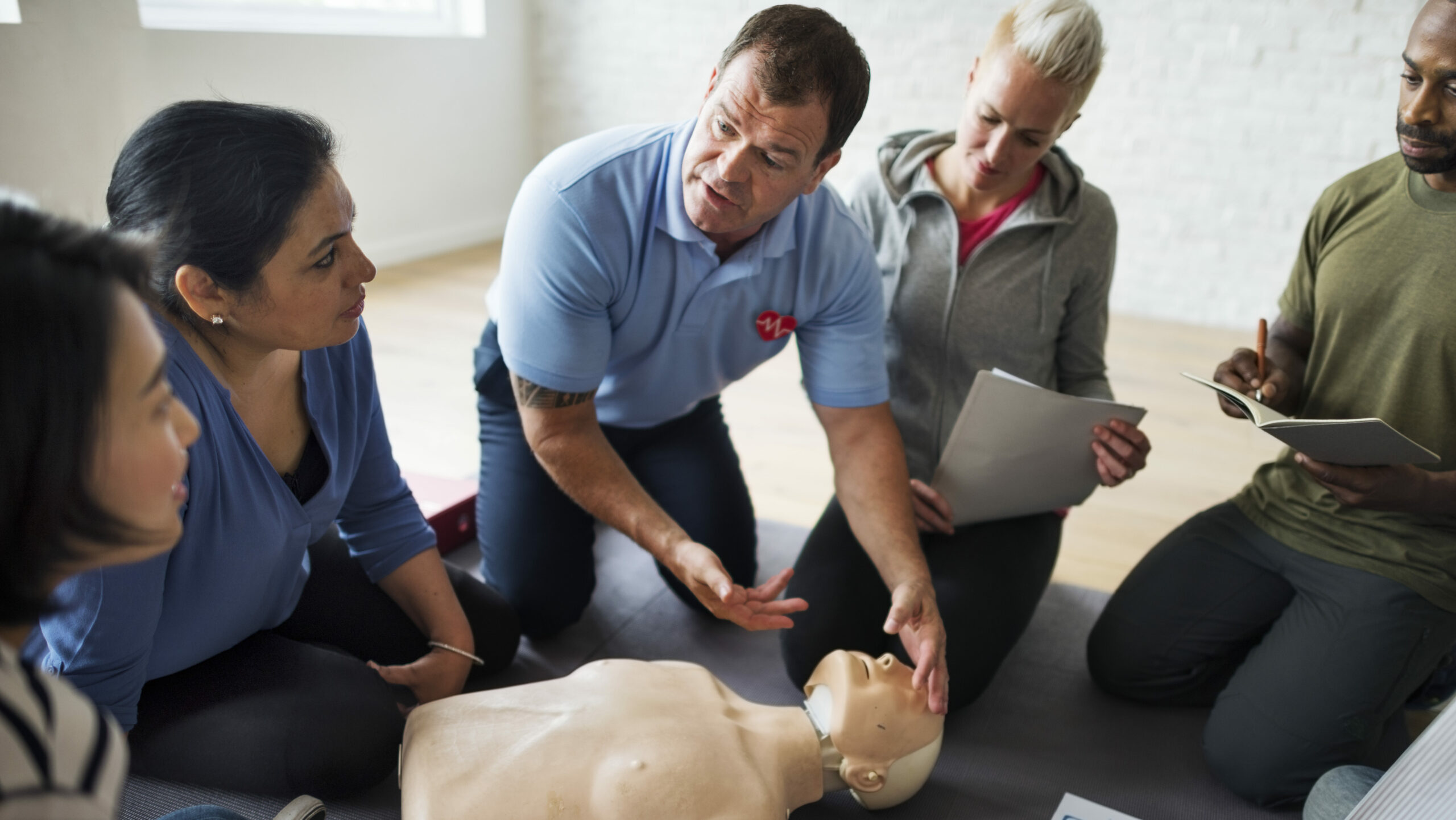Introduction
In our fast-paced globe, emergency situations can strike without caution. Whether it's a minor injury, a medical emergency situation, or a serious scenario, understanding exactly how to offer emergency treatment can make all the distinction. This is where a First Aid course enters into play. Lots of people may question what they can gain from such training, and this article aims to shed light on that.
By register in a First Help and CPR course, you do not simply learn more about bandaging injuries or carrying out mouth-to-mouth resuscitation; you equip on your own with vital abilities that could conserve lives. So, just what will you discover in a detailed training course? Let's dive into the details.
First Aid Basics: What You'll Find out in a Detailed Course
Understanding Initial Aid
What is Very first Aid?
First help describes the preliminary help given to a person suffering from an injury or illness until professional clinical help gets here. It incorporates numerous techniques and abilities ranging from basic wound care to lifesaving techniques like CPR (Cardiopulmonary Resuscitation).
Importance of First Aid Training
Why Ought to You Take a First Aid Course?
Taking a First Help course is necessary for a number of reasons:
- Confidence: Knowing how to react in emergency situations can instill confidence. Life-Saving Abilities: The capacity to carry out CPR or aid with choking can conserve lives. Career Advancement: Several professions require qualification in very first aid. Community Responsibility: Being trained means you can aid others effectively.
Overview of CPR
What is CPR?
CPR, or Cardiopulmonary Resuscitation, is an emergency situation procedure carried out when somebody's heartbeat or breathing has stopped. It combines breast compressions with rescue breaths to keep blood circulation and oxygenation until expert help arrives.
The Structure of a Comprehensive Emergency Treatment Course
What Does an Emergency treatment Course Include?
A well-rounded First Help and CPR course commonly covers the adhering to topics:
Introduction to First Aid Legal and Honest Considerations Scene Safety Basic Life Support (BLS) CPR Techniques Choking Relief Wound Treatment Management Burn Treatment Managing Shock Recognizing Medical Emergencies Using an Automated External Defibrillator (AED)Legal Facets of First Aid
Are There Legal Ramifications Associated With Giving First Aid?
Yes, giving emergency treatment does bring lawful obligations known as "Good Samaritan regulations." These regulations safeguard people that help others in emergencies, gave their activities are sensible and not reckless.
Scene Safety and security: The First Step
How Do You Guarantee Scene Safety?
Ensuring scene security includes examining the atmosphere before coming close to the sufferer:

- Look for possible risks (traffic, fire). Make sure it's risk-free for both you and the victim.
Basic Life Support (BLS)
What Duty Does BLS Play in Emergency Situation Situations?
Basic Life Assistance consists of the principles of preserving life functions up until further clinical help gets here. This section covers essential skills such as:
- Checking responsiveness Activating emergency solutions Performing premium breast compressions
Advanced mouth-to-mouth resuscitation Techniques
What Are Advanced Techniques Covered in Mouth-to-mouth Resuscitation Courses?
Advanced techniques might include:
- Two-rescuer CPR Use of barrier tools for rescue breaths Special factors to consider for infants and kids
Choking Alleviation Techniques
How Do You Assist A Person That is Choking?
Choking relief includes 2 essential techniques:

Wound Care Management
How Do You Appropriately Handle Wounds?
Effective injury administration includes:
- Cleaning the wound with saline or tidy water. Applying antibiotic ointment. Covering it with clean and sterile dressings.
Burn Treatment
What Work Methods for Treating Burns?
Burn treatment varies by level:
Cool the burn under running water. Cover it with non-stick dressings. Seek medical attention for severe cases.Managing Shock
How Is Shock Identified and Treated?
Recognizing shock consists of looking for symptoms like pale skin, rapid pulse, or confusion:
Lay the individual down. Elevate their legs unless there are injuries stopping this. Keep them soothe up until aid arrives.Recognizing Medical Emergencies
What Types of Medical Emergencies Must You Understand Of?
Common clinical emergency situations include:
- Heart attacks Stroke Severe allergic reactions Understanding these conditions aids you act quickly.
Using an Automated External Defibrillator (AED)
How Do You Use an AED Correctly?
Using an Brisbane CPR Course AED involves turning it on, connecting pads according to images on the gadget, and adhering to voice motivates carefully.
Importance of Continuous Learning
Why Is Continual Understanding Important in First Aid Training?
Continuous understanding ensures you stay upgraded on best techniques and brand-new methods in emergency treatment care.
FAQs Regarding Emergency treatment Courses
What Is Consisted of in a Requirement First Aid Course?- A standard training course usually covers basic life support, wound management, choking alleviation methods, and legal considerations.
- Most programs vary from 6 hours to 16 hours depending on the depth of web content covered.
- Yes, upon successful completion of the majority of programs, individuals get a first help certificate, which is typically valid for two years.
- Yes! Numerous organizations use online programs that supply versatile learning environments while still being effective.
- Absolutely! Hands-on technique is essential for understanding abilities like upper body compressions and utilizing AEDs effectively.
- Generally, there are no age constraints; nonetheless, individuals must be mentally skilled to discover these life-saving abilities effectively.
Conclusion
Enrolling in an extensive emergency treatment course gears up individuals with necessary expertise that can conserve lives throughout emergency situations-- whether at home, job, or out in public spaces! From comprehending basic life assistance procedures such as CPR to learning how to take care of wounds properly or recognize signs of shock-- these courses offer very useful training that any person can benefit from!
As we navigate with our every day lives filled with unpredictability-- what far better way than preparing ourselves through knowledge acquired from organized training sessions concentrated on conserving lives?
In verdict-- if you're pondering occupying any form of first-aid training-- never ever wait! Equip yourself today with these effective devices since preparedness really makes all the distinction when every 2nd counts!